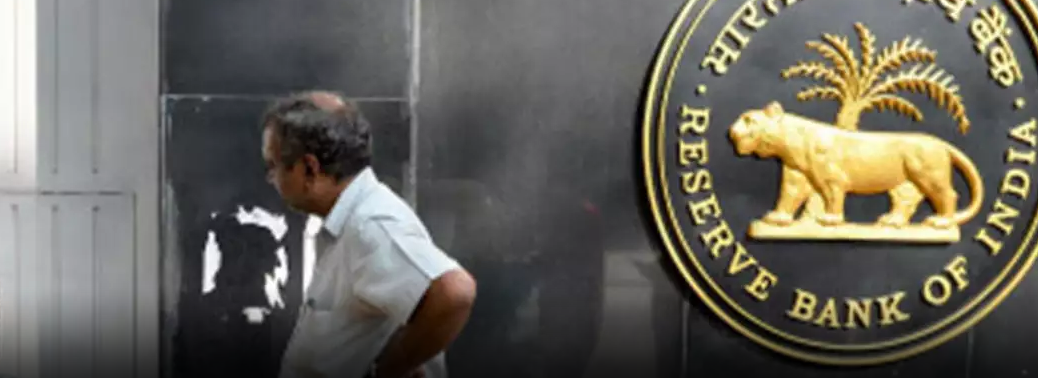Centre RBI Difference
15, Oct 2018

Prelims level : GS2: Statutory, regulatory and various Quasi-Judicial bodies
Mains level : GS3: Indian Economy
Context:
- There are many differences and contentions points between RBI and the central government on managing Indian economic fabric, creating tensions between them. Though there were tensions before, present conditions are crucial to be addressed soon since these have reached the public and hence could take confidence of public on economy.
Key contention points
1. Regulation of state-run banks
- The RBI governor has stated that the RBI does not have enough powers to regulate state-run banks. According to them, these banks have dual control that is by both the RBI and the central government. And also mentioned they have no power to remove directors and management at state-run banks, cannot supersede bank boards, does not have the power to force a merger or trigger liquidation of state-run banks.
- The Central government counters this statement by mentioning that “powers of RBI are wide-ranging and comprehensive to deal with various situations that may emerge in all banks, including public sector banks”. RBI has powers to inspect the bank and its book of accounts, has a nominee member on the board of state-run banks and is part of a committee within the board that approves large loans. RBI can appoint additional directors on the banks’ boards. Besides, the whole-time directors are appointed in consultation with RBI, the government said.
- The issue came in light on PNB crises which criticized banking regulator for not taking enough measures despite having Prompt Corrective Action (PCA) framework in place.
2. Independent payment regulator
- The Government has suggested to have an independent payment regulator to foster competition, consumer protection, systemic stability and resilience in payment sector
- However, the RBI has contended this measure mentioning that having independent payment regulator would break the existing linkage between the activities of traditional banking system and payment banks. And also new independent payment regulator would not be practically experienced as the RBI, who gained much experience over the last several years.
3. RBI’s PCA framework
- RBI has placed stringent restrictions on mainly small banks due to worsening capital, asset quality and profitability. These stringent restrictions are defended by the RBI that they are much less stringent that Basel norms
- However, it has put pressure on the central government because of liquidity pressure.
4. February 12 circular/circular on Non-performing assets
- The RBI has this circular which put strict rules on banks to address NPAs
- Doing away with traditional restructuring schemes
- Imposition of the one-day default role
- The RBI has maintained that these steps would improve overall credit culture and makes banks proactive in dealing with NPAs and reduce bad loan accumulation in future.
- As these measures would reduce liquidity in the economy and hence provide route towards inflation, this has created tension between the centre and the RBI and also agitated industry and banks
Way forward:
- In the light of increasing risk to the stability of the domestic financial system, both the government and the RBI must look common ground on the disputed points and work together to tackle these issues instead of battling over and resolve their differences.






